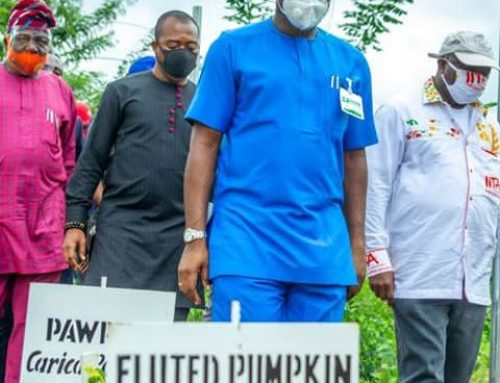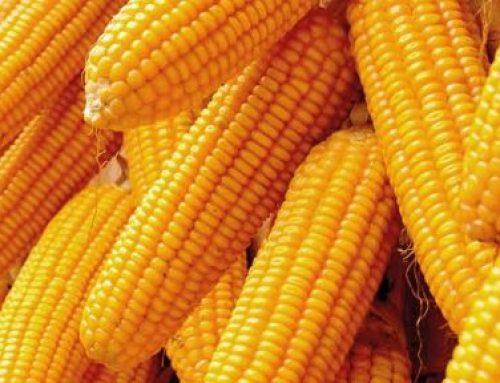Slash and burn agriculture is the act of cutting down the vegetation in an expanse of land, setting aflame the remaining foliage, and using the resultant ashes as nutrients to the soil for the use of planting food crops.
The swidden (the expanse of land that has undergone slash and burn) is used for a relatively short period of time, and then left fallow for a longer period of time so that vegetation can grow on it again. The cultivation of land followed by a fallow period is the origin of the term “Shifting cultivation”.
STEPS INVOLVED IN SLASH AND BURN
By and large, the following steps make up the process of slash and burn agriculture:
- Preparation of the field by chopping down vegetation; plants that provide food or timber may be left standing.
- The chopped vegetation is left to dry before that time of the year when rain is at the heaviest. This is to ensure effective burning.
- The plot of land is burnt to remove the dried vegetation, get rid of pests, and release a burst of nutrients for planting.
- Planting directly on the resultant ashes from the burning process.
Cultivation is done on the burnt expanse of land for a few years until the fertility of the land reduces. The land area is then left alone for a longer period than it was cultivated, up to ten years or more, to allow for the growth of wild vegetation on the land again. When the land has been left fallow and it has regained its lost vegetation, to the level it was in before the slash and burn process was carried out, the slash and burn process can then be repeated again.
GEOGRAPHY OF SLASH AND BURN AGRICULTURE
Slash and burn agriculture is mostly practiced in places where there is no readily available open land for farming, in view of thick vegetation. Central Africa, northern South America, and Southeast Asia are the places where this practice is common. It is also typical of grasslands and rain forests.
This method of agriculture is primarily used by communities for subsistence farming (farming to survive). Humans have been in the practice of “slash and burn” for about 12,000 years, ever since the transition known as the Neolithic Revolution (the period when humans stopped hunting and gathering and started to stay put and grow crops). As at today, between 200 million and 500 million people (up to 7% of the count of humans in the world) use slash and burn agriculture.
Properly used, this practice serves as source of food and income for communities. Slash and burn makes it possible to farm in places where it is usually not possible, due to dense vegetation, soil infertility, low soil nutrient content, uncontrollable pests and other reasons.
THE DOWNSIDES OF SLASH AND BURN
The following have been identified as the reoccurring environmental problems brought about by slash and burn agriculture:
- Deforestation: This practice results in deforestation when practiced by large populations or when a land that has undergone slash and burn is not given enough time for vegetation to grow back.
- Erosion: When land areas are slashed, burnt, and cultivated next to each other in rapid succession, roots and temporary water storages are lost and unable to prevent nutrients from leaving the area permanently.
- Nutrient Loss: Slash and burn may lead to lose of fertility. This may result into desertification, a situation in which land is infertile and unable to support growth of any kind.
- Biodiversity Loss: When plots of land area are cleared, plants and animals get swept away. If certain species are only present in a particular area and that area get subjected to slash and burn, such species could go into extinction. Slash and burn agriculture is often practiced in tropical regions where biodiversity is extremely high and this increases the possibility of some species going into extinction.
The negative points raised above aspects above are intertwined; when one happens, typically another one will happen also. These issues may come about because of irresponsible practices of slash and burn agriculture by a large number of people.
Knowledge of the ecosystem of an area and agricultural skills could prove very useful in the safe and sustainable use of slash and burn agriculture.





After looking at a number of the blog posts on your web
page, I honestly appreciate your way of writing a blog.
I saved as a favorite it to my bookmark webpage list
and will be checking back in the near future. Please visit my website as well and tell me what you think.